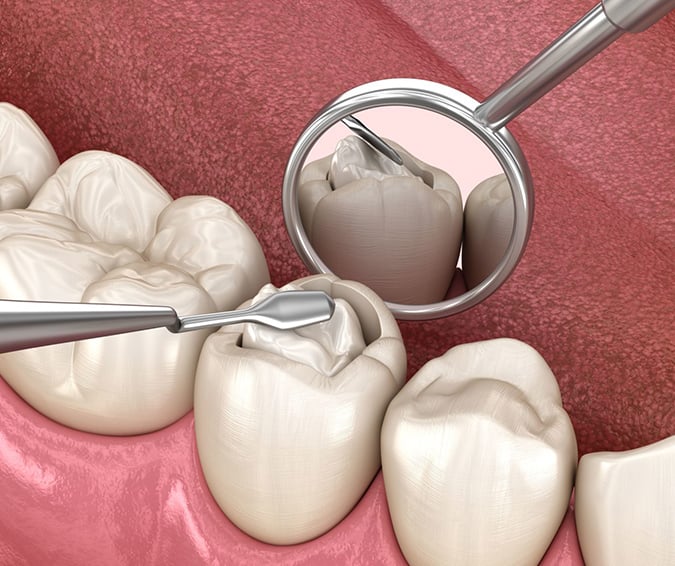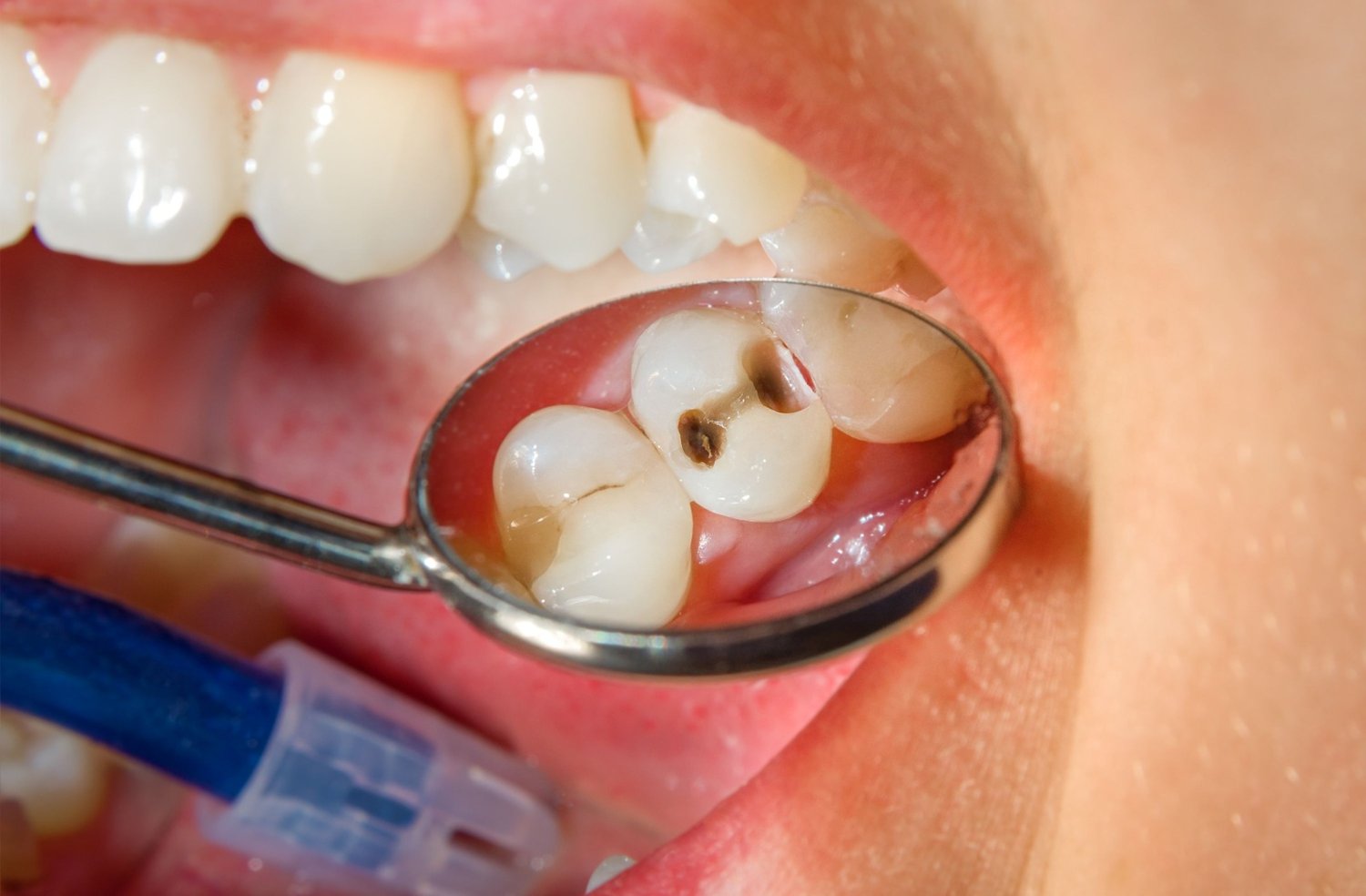Dental health plays a vital role in overall well-being, and tooth fillings are a common restorative treatment designed to repair cavities and prevent further tooth decay. For residents and visitors in the UAE, one common query that arises is: which material has the lowest Tooth Filling Cost in Dubai? The answer isn’t just about pricing—it's about the balance between cost, durability, aesthetics, and health considerations.
Let’s dive into the types of materials available for tooth fillings and explore which offers the most budget-friendly option without compromising essential dental care.

Understanding Tooth Filling Materials
Tooth fillings are used to restore the structure of a tooth after decay has been removed. Several types of materials are commonly used for this purpose, each with distinct characteristics. The most frequently used materials include:
- Amalgam (Silver Fillings)
- Composite Resin (Tooth-Colored Fillings)
- Glass Ionomer Cement (GIC)
- Ceramic Fillings
- Gold Fillings
Each of these options comes with unique advantages and price points. However, when it comes to cost-effectiveness, some clearly stand out.
Amalgam Fillings – The Most Budget-Friendly Option
Amalgam, often referred to as silver fillings, has been used for over a century and is one of the most economical filling materials available. It is made from a mixture of metals including silver, mercury, tin, and copper. Amalgam is known for its strength and durability, making it especially suitable for back teeth where chewing pressure is greatest.
Why it’s the most affordable:
- Mass production of the material lowers costs.
- It requires less time and technique sensitivity to place compared to other fillings.
- Minimal equipment and materials are needed during application.
However, its metallic color makes it more noticeable than tooth-colored alternatives, which may not appeal to those seeking a natural appearance. Despite aesthetic limitations, amalgam remains a top choice for cost-conscious patients, particularly for posterior teeth.
Composite Resin Fillings – Aesthetic but Mid-Range in Cost
Composite resin fillings are made from a mixture of plastic and fine glass particles. They are designed to match the color of natural teeth, making them a popular choice for visible areas such as front teeth. These fillings bond directly to the tooth structure, which can provide additional support.
While composite fillings are more visually appealing than amalgam, they tend to be more expensive due to the skill and time required to place them. They also may need to be replaced more frequently than amalgam, especially in high-stress areas.
Still, for patients who prioritize appearance while trying to stay within a moderate budget, composite resin offers a good compromise.
Glass Ionomer Cement (GIC) – The Cost-Efficient Choice for Temporary Needs
Glass ionomer fillings are made from a combination of acrylic and a special type of glass that releases fluoride. This fluoride release can help protect the tooth from further decay, making GIC a beneficial choice for children or areas that aren't subject to heavy chewing.
In terms of cost, GIC is generally less expensive than composite resin and ceramic but might not be as long-lasting. It's often used in non-load-bearing areas or for temporary fillings.
Why it’s budget-friendly:
- Material cost is lower than high-end options.
- Easier and quicker to apply.
- Frequently used in preventive dentistry, especially for young patients.
For patients looking for an affordable option that still offers some added benefits like fluoride release, GIC is a smart option, though typically not used for long-term restoration in adults.
Ceramic and Gold Fillings – Premium Options with Higher Costs
On the higher end of the price spectrum are ceramic (usually porcelain) and gold fillings. Ceramic fillings are valued for their aesthetic appeal and resistance to staining. Gold, though rarely requested today due to its visibility and high price, is incredibly durable and long-lasting.
Both of these materials are usually custom-made in a dental lab, which adds to their cost. While they offer excellent longevity and cosmetic results, they are not typically chosen by those primarily concerned with affordability.

Durability vs. Affordability: Finding the Right Balance
Choosing a filling material is not just about selecting the cheapest option. Patients must also consider:
- How long the filling is expected to last.
- The location of the filling in the mouth.
- Aesthetic preferences.
- Allergies or sensitivities to certain materials.
In many cases, a dentist might recommend a specific material based on clinical need. However, patients looking to minimize costs while still receiving effective treatment often lean toward amalgam or GIC fillings.
Other Cost-Related Considerations
Beyond the material itself, other factors can affect the total price of a tooth filling, such as:
- The size and depth of the cavity.
- The tooth's location in the mouth.
- Whether additional procedures (e.g., anesthesia or X-rays) are required.
Understanding these variables can help patients make more informed decisions when comparing treatment options.
Conclusion
When evaluating which material has the lowest cost for tooth fillings, amalgam generally comes out on top. Glass ionomer cement is another cost-effective choice, especially for temporary or pediatric fillings. While composite resin, ceramic, and gold fillings offer added benefits in terms of aesthetics and durability, they come with a higher price tag.
Ultimately, the best filling material will depend on individual needs, preferences, and budget. For those seeking reliable dental treatment at a more accessible rate, amalgam and GIC offer practical solutions without sacrificing quality care.
If you're planning a dental visit and wondering about your options, understanding the materials available—and how they affect the overall Tooth Filling Cost Dubai—can help you choose what’s best for your oral health and your wallet.

